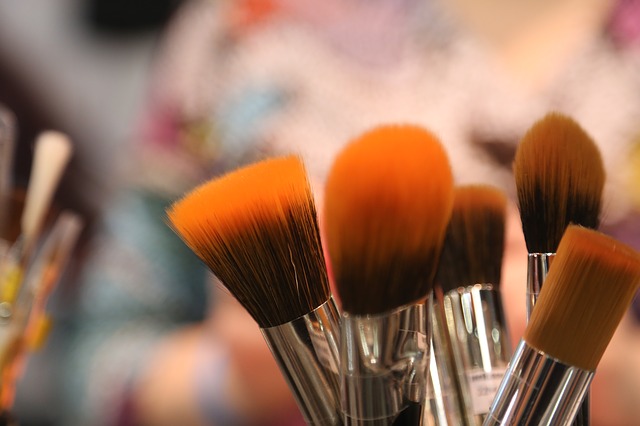
By Ashley Puchalski, Staff Writer
For thousands of years, women and men alike have used cosmetics to improve, change, and enhance their appearance. Thousands of years ago, the ancient Egyptians were among the first to use “cosmetics” made from copper and lead ore.[1] Throughout history, humans have attempted to make and create their own cosmetics.
Some of these homemade remedies, however, proved to be dangerous to humans.[2] For example, before the manufacturing of modern cosmetics, women used homemade remedies such as arsenic, lead, and mercury to make the skin appear pale, which was desirable in various cultures during that time.[3]
Today, while the cosmetics industry is more regulated than ever before, the law does not require the Food and Drug Administration (FDA) to approve cosmetics put on the market.[4] However, the FDA is able to regulate cosmetics under the authority of two laws: the Federal Food, Drug, and Cosmetic Act, and the Fair Packaging and Labeling Act.[5] The Federal Food, Drug, and Cosmetic Act defines a cosmetic as “articles intended to be rubbed, poured, sprinkled, or sprayed on, introduced into, or otherwise applied to the human body . . . for cleansing, beautifying, promoting attractiveness, or altering the appearance.”[6]
Just as homemade cosmetics had the potential to be harmful to humans throughout history, products are typically tested prior to being placed on the market to ensure that they are not dangerous for human consumption. Unfortunately, many cosmetic companies will first test products on animals in laboratories before releasing the product to consumers.
According to the Animal Legal Defense Fund, approximately 100 million animals are used in biomedical, aeronautic, automotive, military, agricultural, and cognitive research and in consumer product testing.[7] Shockingly, the law fails to protect approximately 95 percent of these animals.[8] While the Animal Welfare Act attempted to regulate the treatment of animals in research facilities, 95 percent of the animals that are typically used to test cosmetics (such as rats, mice, birds, etc.), are excluded from legislation and essentially receive no protection under the law.[9] Unfortunately, animals in testing laboratories are frequently subjected to physical and psychological torment, and much of what they endure is legal under current law.[10]
The inhumane treatment of laboratory animals is a growing concern in our society, which is why many consumers are giving their business to cosmetic companies that do not test their products on animals. Some such cosmetic companies include Wet N Wild, NYX, Lush Cosmetics, Urban Decay, Too Faced Cosmetics, and Smashbox Cosmetics. For a full list of cosmetic companies that do not test on animals, click the following link to PETA’s website, which provides a database of companies that do not test their products on animals. http://features.peta.org/cruelty-free-company-search/index.aspx.
Sources
[1] Gardner, Stephanie, S., Web MD, History of Makeup, <http://www.webmd.com/beauty/history-makeup> (last updated January 29, 2017).
[2] Id.
[3] Id.
[4] U.S. Food and Drug Administration, FDA Authority Over Cosmetics: How Cosmetics are Not FDA-Approved But Are FDA Regulated, <https://www.fda.gov/cosmetics/guidanceregulation/lawsregulations/ucm074162.htm> (last updated November 15, 2016).
[5] Id.
[6] Id.
[7] Animal Legal Defense Fund, Animal Testing and the Law, <http://aldf.org/resources/when-you-witness-animal-cruelty/animal-testing-and-the-law/>.
[8] Id.
[9] Id.
[10] Id.
